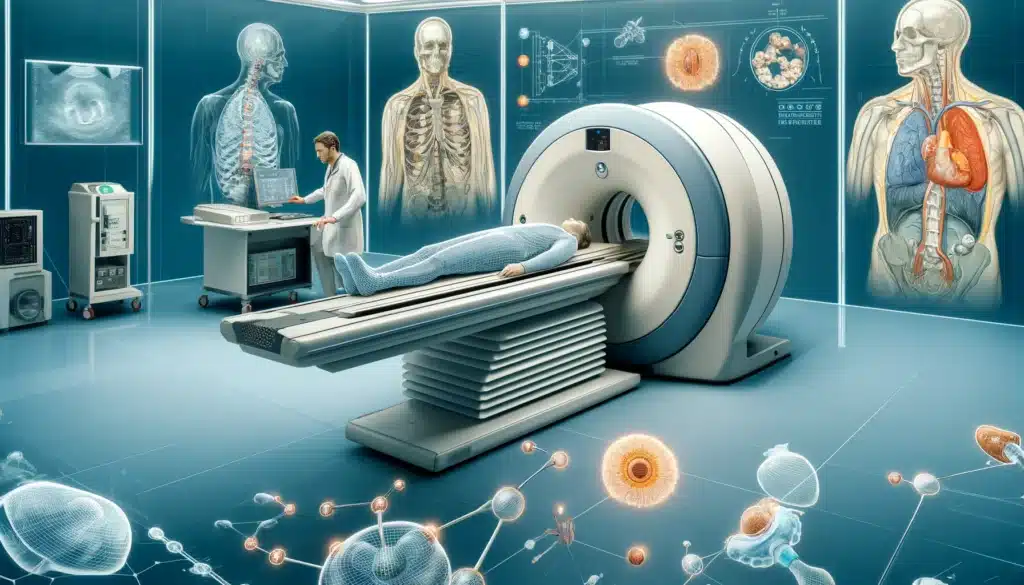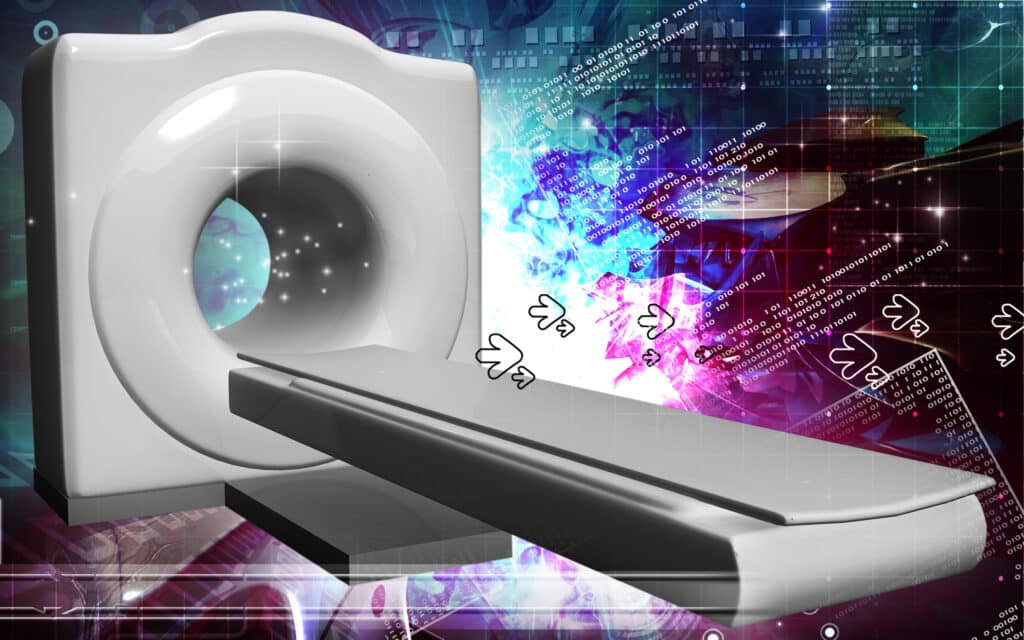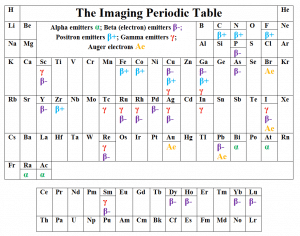Radiotracers
Radiotracers are essential to many modern medical imaging techniques, including positron emission tomography (PET), single-photon emission computed tomography (SPECT), and gamma cameras. These radiotracers are radioactive substances introduced into the body and tracked using specialised imaging equipment to create detailed images of internal structures and processes. As a result, radiotracers have revolutionised medical imaging and greatly improved our ability to diagnose and treat various diseases and conditions.
Radiotracers are typically made up of a radioactive isotope attached to a biological molecule or compound that specific cells or tissues in the body can selectively take up. For example, the radiotracer FDG (fluorodeoxyglucose) comprises a radioactive isotope of fluorine and a glucose molecule. Because glucose is used as fuel by cells throughout the body, FDG can track metabolic activity in various tissues, including cancer cells.
When a radiotracer is introduced into the body, it travels through the bloodstream. It is selectively taken up by cells or tissues with high demand for the compound or molecule it is attached to. For example, FDG is taken up by cells actively using glucose, such as cancer cells. The radioactive isotope in the radiotracer emits positrons or gamma rays, which can be detected by specialised imaging equipment to create detailed images of the distribution of the radiotracer within the body.
PET is one of the most widely used medical imaging techniques that rely on radiotracers. It uses radiotracers like FDG to create detailed images of metabolic activity within the body. PET is particularly useful for diagnosing and monitoring cancer, as cancer cells often have a higher metabolic rate than normal cells. By tracking the distribution of FDG within the body, PET can identify areas of increased metabolic activity that may indicate cancer.
SPECT is another medical imaging technique that relies on radiotracers. It uses radiotracers that emit gamma rays to create images of the distribution of the radiotracer within the body. SPECT is particularly useful for diagnosing and monitoring cardiovascular disease, as it can track the distribution of radiotracers taken up by the heart muscle.
You are here:
home » radiotracers



